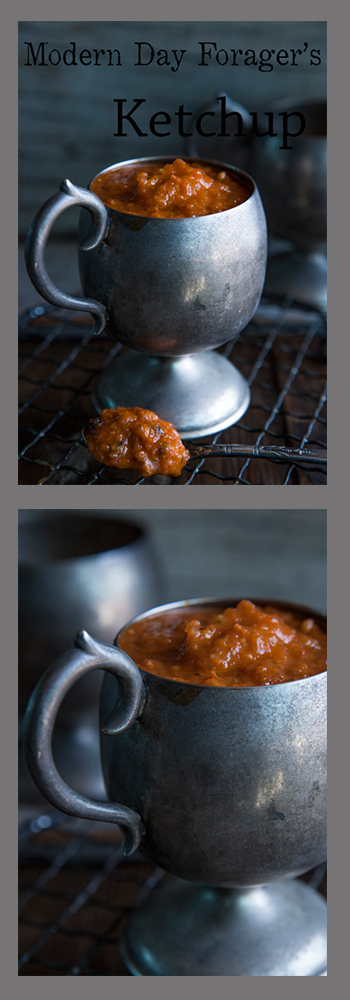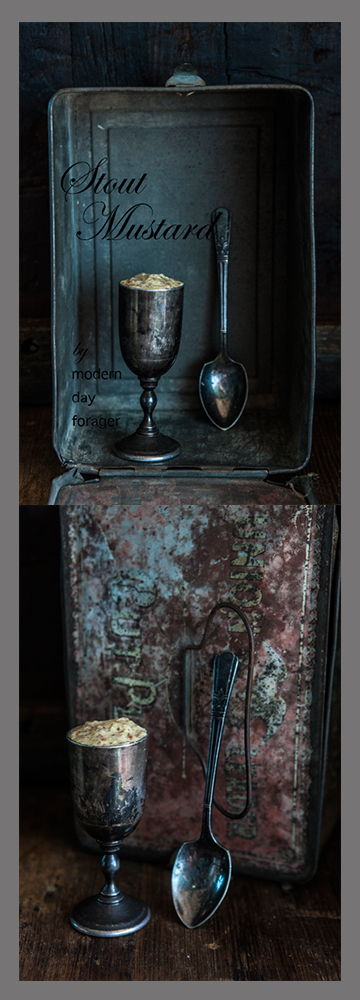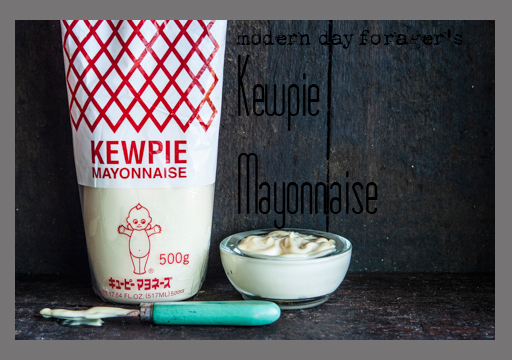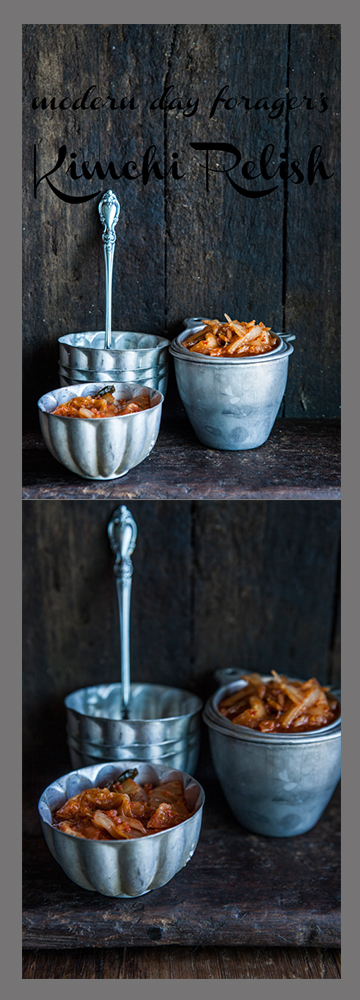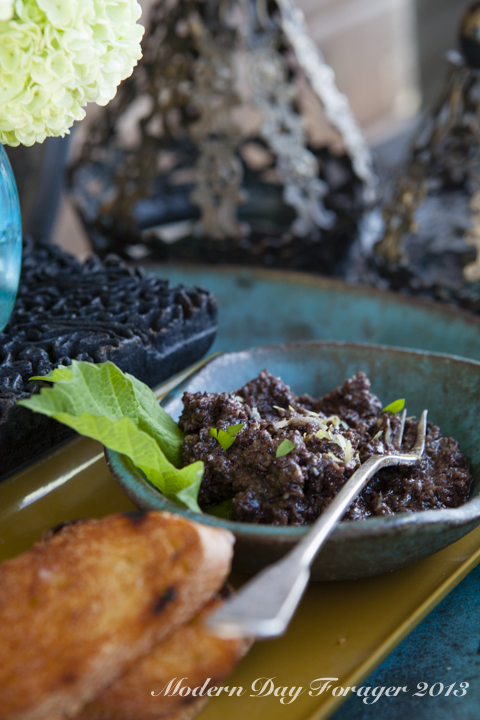
Making ketchup is really quiet simple, and the flavor combinations are endless. So why not? If you have an abundance of tomatoes from your garden this summer, why not use these juicy orbs of goodness and build a better ketchup?
MDF FARM FRESH KETCHUP
Ingredients:
- 1/4 cup Olive oil
- 1 red onion, chopped
- 1/2 small bulb fennel, chopped
- 1 stalk celery, chopped
- 1 tablespoon fresh ginger, peeled and chopped
- 2 cloves garlic, minced
- 1/4 teaspoon red pepper flakes
- 1/4 cup fresh basil, chopped
- 1 tablespoon coriander seeds
- 2 cloves
- 1 teaspoon salt
- 1 teaspoon freshly ground black pepper
- 3 pounds fresh tomatoes (experiment with your favorites)
- 1 1/2 cups filtered water
- 1 cup red wine vinegar (3/4 cup if you don’t want ketchup tangy)
- 1/3 cup brown sugar
Directions:
- Place the first 12 ingredients in a large pot over a medium-low heat for 15 minutes stirring often.
- Add the tomatoes and 1 1/2 cups of water. Turn heat to medium-high stirring often, until liquid is reduced by half.
- Pour mixture into a food processor and process until smooth, then pour mixture through a mesh sieve into a clean pot.
- Over medium heat stir in red wine vinegar and brown sugar, and reduce to the thickness you desire.
- Cool and then store in refrigerator.
If you prefer a chunky style, just omit the sieve step.
Don’t hold the mustard or cut the mustard, make mustard! This top dog condiment is surprisingly a cinch to make. However, there are a few basics you need to understand about the process for making really good quality mustard. First, the seeds need a good crushing and grind, and the key here is to add cold liquid (cold stout in this recipe) to add moisture to the mustard seeds. Mustard gets its bite when the cracked seeds release volatile oils, much like capsaicin, the “hot” in chile peppers and when mixed with the liquid, the result is pungent and spicy.
Second, heat will temper the chemical reaction (much like cutting a onion) so, hot mustard, cold liquid, warmer liquid a more mellow mustard. Also, in addition of the cold liquid remember that adding an acid is crucial to the recipe. If you don’t add the acid, the mustard will lose its bite over time. Adding vinegar, for instance, will stop and set the chemical reaction in place.
Mustard is extremely versatile, with many variations, it livens up and pairs well with sandwiches, cold meats, cheese, greens, burgers and hotdogs. Rj and I are from Chicago and the only way to eat a dog is with mustard, sorry ketchup. It also is a great emulsifying agent/stablizer for salad dressings, marinades, dips, sauces and spreads. By making your own, you avoid all the goop of artificial flavors, fillers, colors and homemade just tastes better.
MDF Extra Stout Mustard
Ingredients:
- 3 tablespoons yellow mustard seeds, crushed
- 2 tablespoons brown mustard seeds, crushed
- 1/3 cup Cold Guinness Extra Stout
- 2 tablespoons white balsamic vinegar
- 2 tablespoons honey
- 1 small clove garlic, chopped
- 1/4 teaspoon ground allspice
- 1/4 teaspoon salt
- 1/4 teaspoon fresh ground black pepper
Directions:
- Combine all of the ingredients in a large mason jar, cover and refrigerate overnight.
- Pour the ingredients into a food processor or blender and process until the seeds are broken down and you reach your desired consistency, it will thicken the more you process. (You may also use an immersion blender right in jar)
- Store in your refrigerator, for up to 2 weeks.

